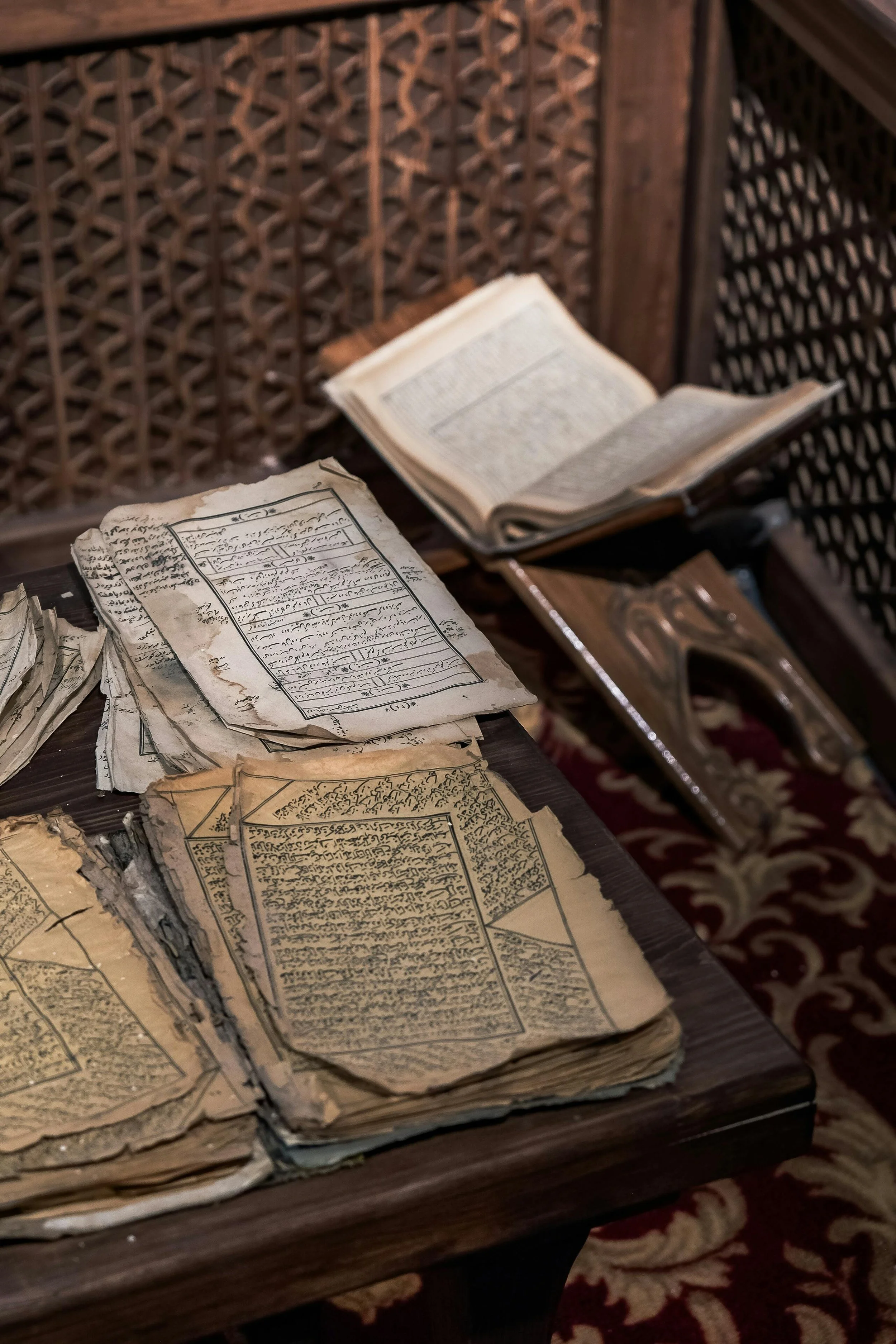An accurate assessment of archival collections assists organizations in strategically meeting user needs, allocating resources effectively, and securing funding. Simply put, archivists cannot manage collections if they do not know what they are managing.
Assessing the Archives Program
Only a fraction of an organization’s records finds their way into the archives. Archives hold non-current records with permanent historical value.
They are no longer needed during day-to-day institutional activities, but they document organizational history. Just as each organization is unique, its archives are equally distinctive. Professional archival principles and standards have been developed over decades of archival practice. However, each organization will adhere to them in its own way.
Building Support for Archival Programs
9 Ways to Verify Primary Source Reliability
To produce sound historical research, we need reliable primary sources. Records created at the same time as an event, or as close as possible to it, usually have a greater chance of being accurate than records created years later, especially by someone without firsthand knowledge of the event. When you are conducting research, you want to corroborate the contents of the document you are working with with information from other sources that have been proven to be legitimate
Five Questions to Ask When Using Primary Sources
Preserving Organizational History
Every organization has a history; ideally, institutions should organize and preserve their records for the future. Written records are often the only source of information about an institution’s early intentions and activities, and these documents provide institutional knowledge about the organization’s establishment, by whom, and what programs and activities it created.














